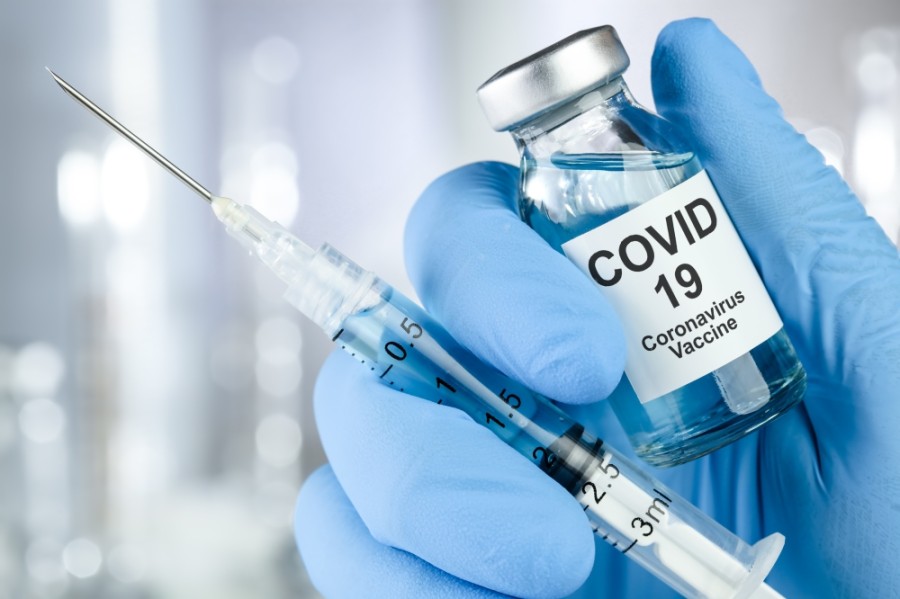As nations race against the virus, consequences of vaccine inequality are gradually becoming notable. High income nations which consist of only 16 percent of the world’s population have hoarded almost 70 percent of COVID-19 vaccines since the beginning of 2021.
As the whole world gears to battle a deadly pandemic, the need for vaccinations is becoming intense like never before. Along with ensuring the effectiveness of the doses, countries are also making sure that the inoculation drives should be conducted as fast as possible. At present, it is only the healthcare workers who are being vaccinated, but a ray of hope has been set amid the gloomy era created by the pandemic.
As nations race against the virus, a recently published report in Lancet journal has confirmed the grave consequences of vaccine inequality that are gradually becoming notable across the globe. As usual, richer countries in the western world are taking the maximum benefit as they have accumulated a huge number of doses for their citizens.
Unequal distribution of vaccines
It should be brought to the light that under-developed and developing countries are facing serious repercussions as they are facing the dearth of resources required to vaccinate their entire population. High-income nations which consist of only 16 percent of the world’s population have hoarded almost 70 percent of COVID-19 vaccines since the beginning of 2021.
Already, prosperous countries in North America and Europe had struck a deal of acquiring 4.2 billion doses of COVID-19 vaccines. As per an estimate, 52 countries have already started their vaccination drive from January 22. In the list of countries US, UK and EU have procured the most number of doses so far.
The United Kingdom has acquired 367 million doses of vaccines required to vaccinate about 67 million people in the country. With this, a report from Duke Global Health Innovation Centre has said that the US has bought over 1.2 billion doses of COVID vaccines. Also, an important fact to note here is that the amount of vaccine is more than enough to vaccinate the United States’ entire population twice over.
On the contrary, a grim forecast made by the Economic Intelligence Unit has suggested that 84 percent of the poor countries do not have enough resources to vaccinate their population even by 2024. Various causal reasons such as limited financial resources along with poorly maintained infrastructure are also the main obstacles in their path to vaccinate their people.
Economic consequences
Further, according to the International Chamber of Commerce, the predicament of under-developed and poor nations in inoculating their population will heavily cost the world economy. The estimate hints that the global economy is all set to lose $9.2 trillion if the governments in the under-developed countries continue to face these challenges while simultaneously failing to arrive at a consensus with powerful nations for equitable distribution of doses.
The ambit of losses will not only be limited to the under-developed and poor parts of the world but will also severely affect the developed nations as well. Several rich nations might also lose $203 billion to $5 trillion due to the inability of penurious nations to carry out inncolation drives.
Pertaining to such a situation followed by inequitable distribution and unnecessary accumulation of vaccines, WHO Chief Tedros Adhanom has expressed that the world is facing a moral crisis as it fails to provide equal access to vaccines in order to combat the pandemic.
India’s race against the virus
As far as India is concerned, the country has exported almost 16 million doses of the COVID-19 vaccine between mid-January and mid-February. With this, almost 6.27 million doses have been sent as a gift to friendly countries by India.
As of now, India is earning considerable revenues by sending vaccines to foreign nations such as UAE, Brazil, Egypt, South Africa, Morocco, Algeria, and Kuwait. Overall, these countries have got 10 million doses so far whereas Bangladesh alone has received 5 million doses followed by Brazil and Morocco at 2 billion doses each.
On the vaccination front, India has vaccinated 8.5 million frontline health workers across the country till now. Almost 8,516,771 people have been inoculated in 183,664 sessions by now. In its first phase of vaccination drive, India plans to vaccinate 30 million healthcare workers and associated staff members.
The way ahead
With growing pressure over governments to save its people amid new strains of the virus, vaccine hoarding has become a severe problem. The need of the hour remains to emphasise equal redistribution of vaccines as many vaccines require double doses.
More importantly, it all depends on the goodwill of the developed world to lead the fair distribution of vaccines. WHO, The Global Alliance for Vaccines and Immunizations (GAVI), and Covax are working in this regard to expanding the reach of vaccines to countries embattled in wars and conflicts such as Yemen, Syria, Iraq, and South Sudan.

